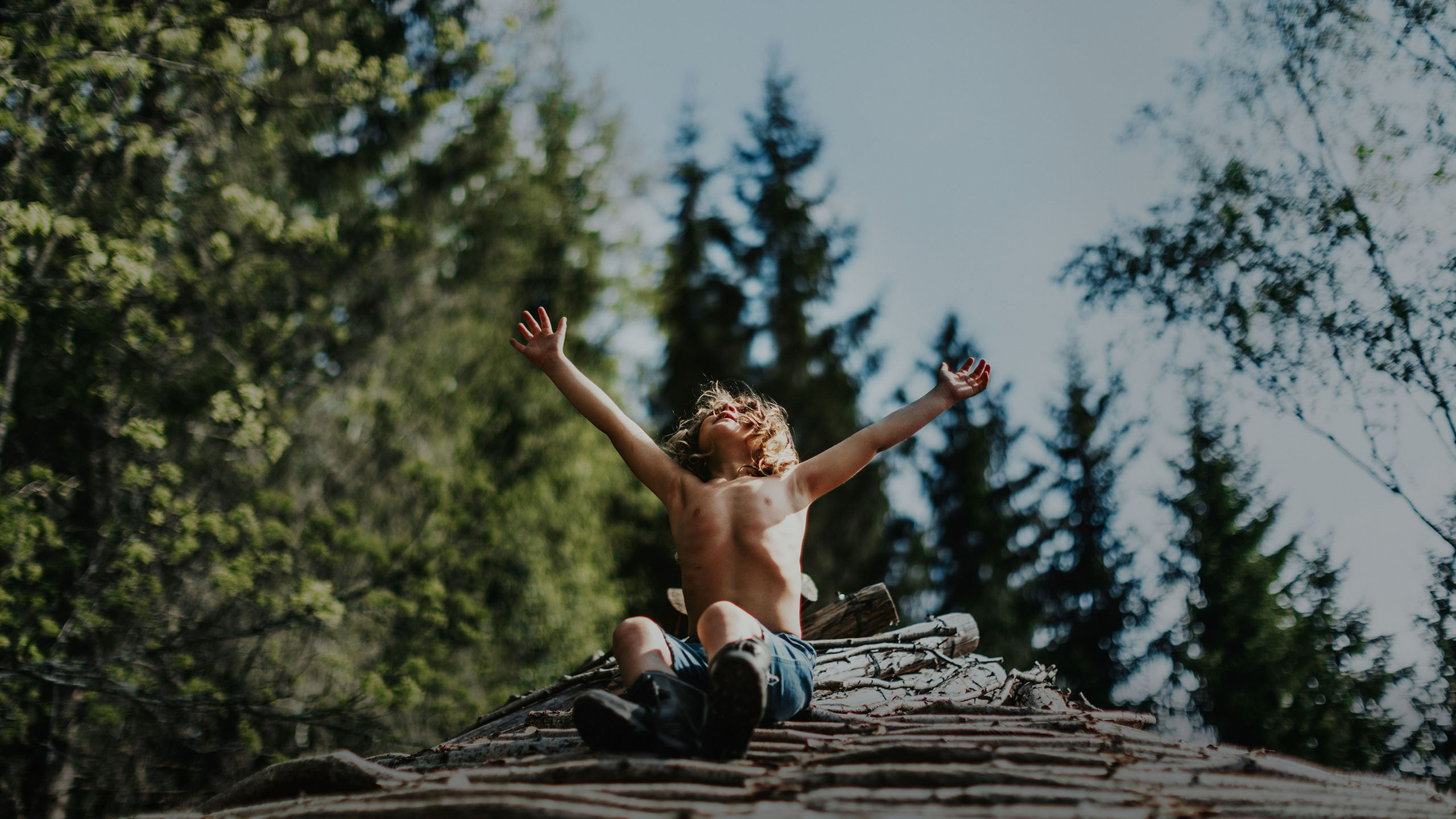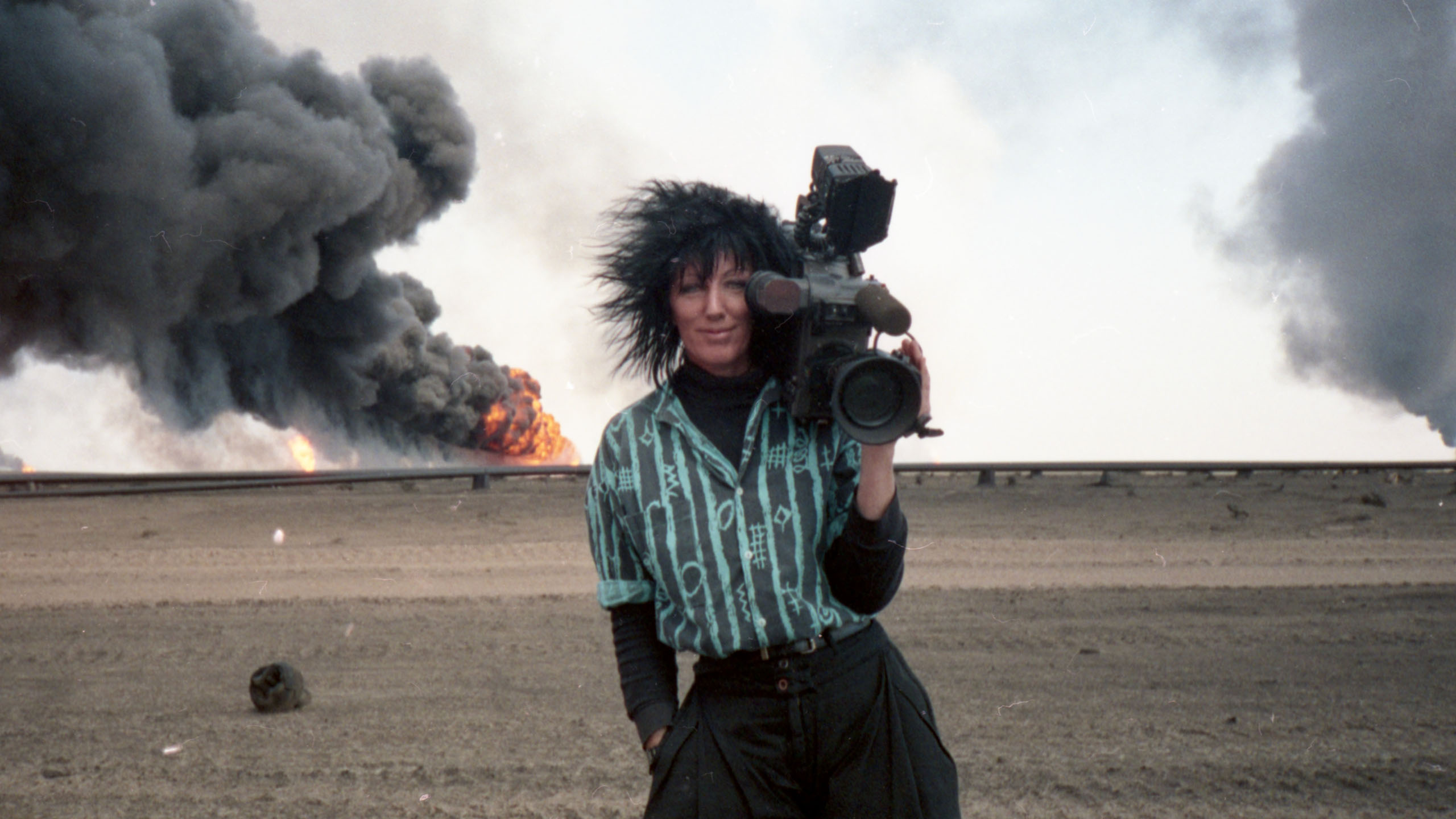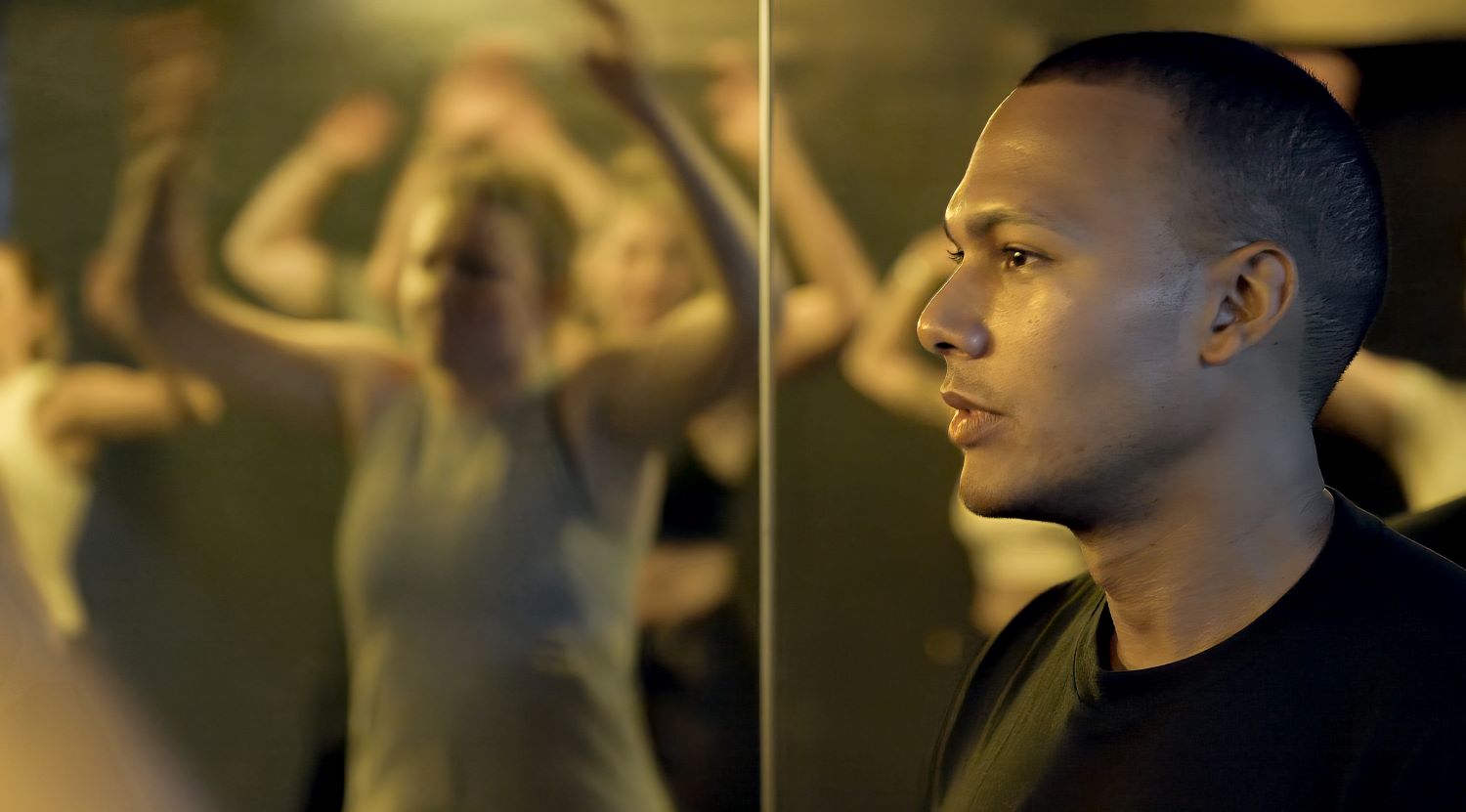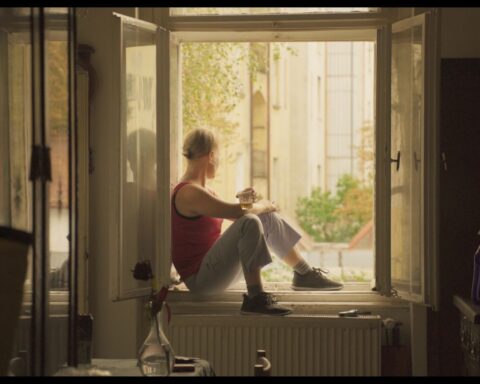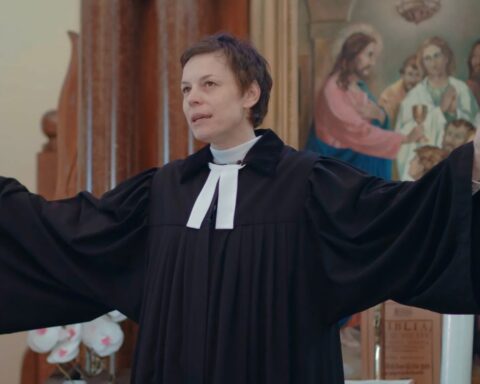It’s not unusual for documentaries to tell a much different story than the one with which they began. However, A New Kind of Wilderness from Norwegian filmmaker Silje Evensmo Jacobsen offers a master class in adapting when the story changes. The film, which premieres in the World Cinema Documentary Competition at this year’s Sundance Film Festival, begins as the tale of Maria and Nik Payne, a couple who decided to quit the rat race and make a self-sustaining farm off the grid. Building a home, tilling a garden, gathering animals, and eventually having children all were seeds for what seemed like an idyllic life. The opening frames of A New Kind of Wilderness show Maria as she observes her kids wandering in the woods, happy and free among the trees. But then the film cuts to one of Maria’s striking photographs and a dramatic shift is clear: she has cancer.
The story therefore begins quite unexpectedly. Jacobsen returns to the farm after Maria has passed. Nik now manages the farm with the help of their daughter Freya, their younger sons Ulv and Falk, and Maria’s older daughter Ronja from a previous relationship. It’s a lot to manage, but the farm is fertile with love. Nik and the kids cope with Maria’s absence best they can, but as Jacobsen observes the changes in the farm over time, it becomes clear that the idyllic life that Nik and Maria imagined is not sustainable.
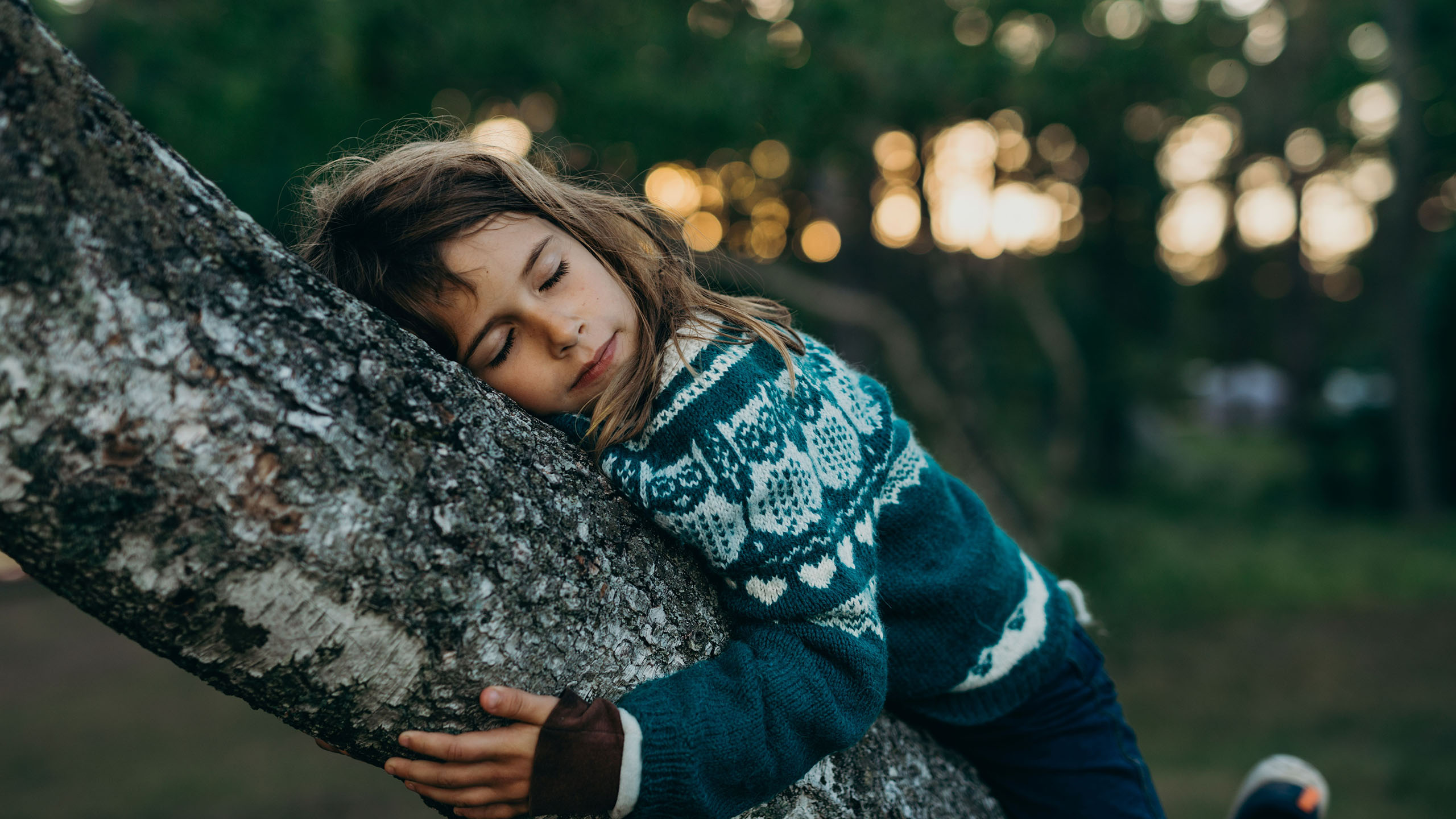
Making beautiful use of natural light and harnessing the natural warmth of the landscape, the film invites audiences to pause and reflect upon what really matters in their fast-paced lives. The film observes as Freya comes of age and Ronja leaves, offering the first crack in the family’s seemingly unbreakable bliss. Financial concerns and the practical challenges of homeschooling the three younger kids puts Nik at a crossroads: does he fulfill Maria’s wishes or do what seems to be best for their kids? Jacobsen intimately observes the daily habits of life on the farm as A New Kind of Wilderness asks how contemporary families find balance in a world that can’t be tamed.
POV spoke with Jacobsen ahead of the Sundance premiere of A New Kind of Wilderness to discuss her motivation for sharing the family’s story, navigating a family through grief, and finding a message that should inspire audiences to look closer at the world around them.
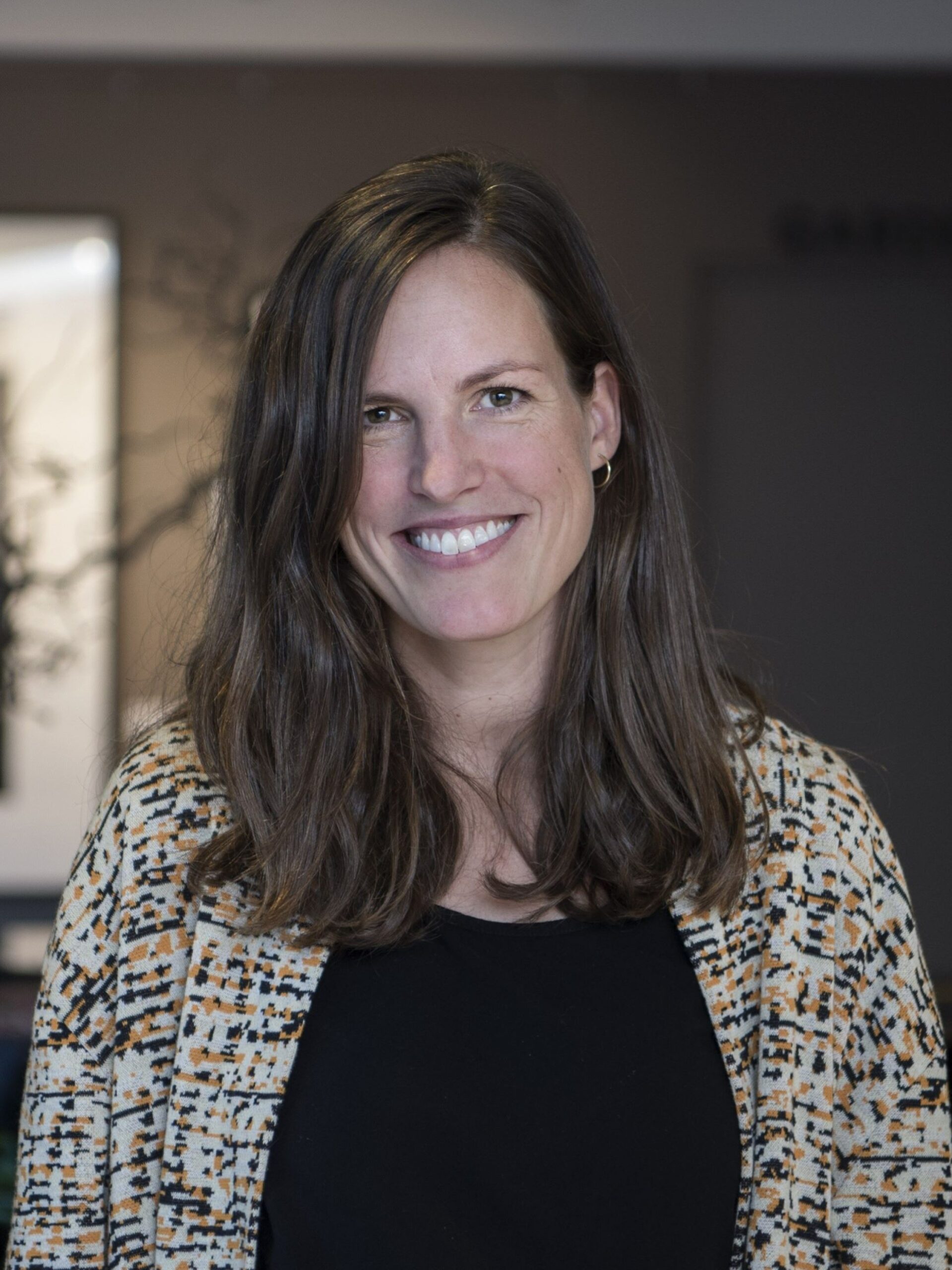
POV: Pat Mullen
SEJ: Silje Evensmo Jacobsen
This interview has been edited for brevity and clarity.
POV: I understand that you had connected with Maria prior to her illness and her passing. The conventional route for this story might have shown a family building something new and then had Maria’s illness as a dramatic twist later in the film. What inspired you to structure the story so that the end of Maria’s life was the beginning?
SEJ: 10 years ago, I wanted to make a series about them and that resulted in a two to three minute pilot. We pitched it for the national broadcaster, NRK, but they didn’t want the series then. I didn’t film anything more, but I continued to follow Maria’s blog and I wanted to make something from their universe. When she died, I still wanted to make something, but I didn’t want to force the past into the film. I wanted her voice to be part of it, but it’s more like a spiritual way of her coming in with her photos and stories. She really wasn’t too involved, and I think involving her too much in their present story would make it feel like she was there still. You get that feeling when you see her photos, but she was physically gone. It was right for the story to let her be a voice from the past.
POV: When you contacted the family again in 2019, was there any event that inspired you to reconnect?
SEJ: I followed [Maria’s] blog, and I really wanted to make something. I was making another series, so I didn’t have the time, but when she passed away, I was like, “Okay, now I have to do it.” I called Nik and said, “Can I come and meet you?” We decided to make the film now even though she’s passed away. I also think that’s why he let me in—because he knew that Maria wanted the film. Of course, I was open with them, [saying], “I want to see how you live and how losing Maria forces you to change your way of life,” but also following the process of mourning and going through loss.
POV: What was your approach to dealing with the children on that front?
SEJ: I was open with [Nik] that I needed to tell the story of what was happening now, including the loss. He didn’t have problems with talking about Maria. He saw it as part of the mourning process. It was good for him. Sometimes, I could feel that I overstepped talking about it with the children, but they would let me know, or they would talk to Nik and he would let me know.
We had good discussions about it. It was important for me to not have the camera all the time, to just be with them, playing cards, talking, and trying to figure out how they feel. My strategy after being with them for some time was just to be there, hang around, film them, and things happened. When you’re at Maria’s birthday or the grave, then naturally things would come up. I’d just have to be there and be ready to film without me pushing the [subject of] loss.
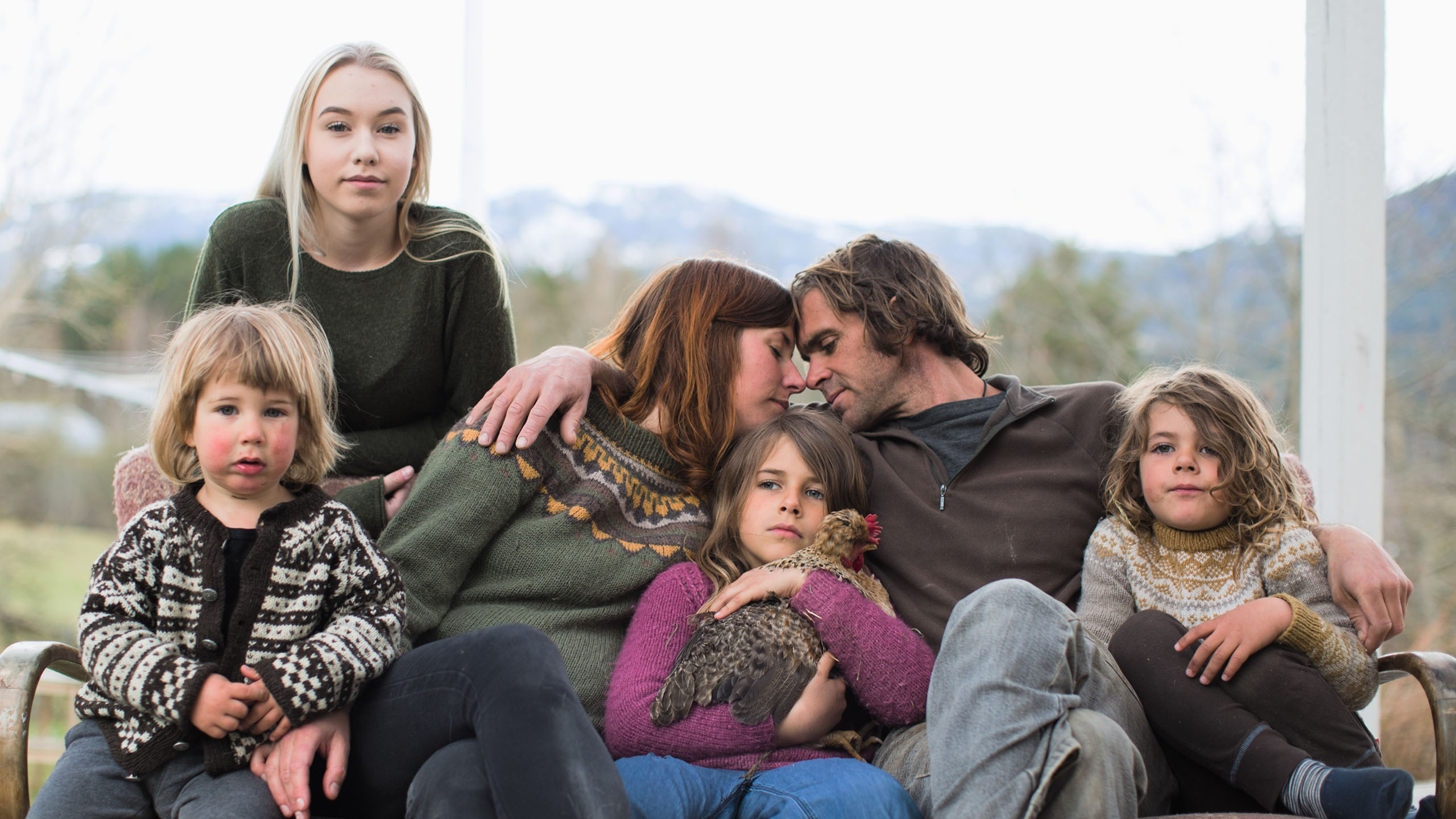
POV: How do you decide which moments to represent several years in the lives of these characters? We get a lot of dramatic arcs—how much did you know about the family situation going in?
SEJ: In the beginning, the film was structured a bit differently. I told them I was going to follow them just for a year. Maria was really concerned about birthdays, so in her blog, she was like, “Ronja had the autumn and Falk had the winter.” She was like really into it, so my idea was to follow each of the children closely in the cycle of a year. Then I changed perspective going to the next one. But when I started to film, I felt that the story needed to spend more time with Freya, Ronja and Nik. I wanted to include Nick as well because he was the one who needed to decide whether they’re going continue [at the farm]. It was his life project with Maria, so it was natural to have him as a role.
You can’t film that in a couple of months. You need to be with them, so I didn’t choose the easy structure with only one character. Of course, Freya is maybe more out there than others, but for me, I needed to follow the three of them. I just naturally followed the big turning points in their lives, like selling the farm. I didn’t know that would happen when I started and then they were debating to move to the UK. I didn’t know that when I started, or that they’d be starting school and didn’t know that Ronja was going to move north. But you need to know the process you’re following to know what situations to film.
POV: That’s interesting about Maria’s blog and the birthdays. Are there other aspects of her writing that informed things while shooting?
SEJ: I have so many. I wanted her more in the film’s stories and photos, but I had so many drawings of hers that were taken out when she talks about animals. She also had this ritual every year where she’d take photos of her children and the animals. She had the birthdays where she talks with so much love and it’s so personal and nice, but eventually, I had to take out so many good photos and stories because I needed her stories that related to the present.
For example, when Nik is taking them to school, I have Maria talking about institutions, about why she doesn’t want her children to be in institution because she wants them to be wild and free. I show her photos and then show why it’s hard for Nik to take them there. You know it’s hard for him because he and Maria believed that they were better off being in the wild.
POV: How did the off-grid location effect the logistics or creative aspects of the shoot?
SEJ: I could bring a bigger A/V crew and I could have lights and everything, but that’s not how I work. I try to avoid it because the more you rig up, the more it needs to be relaxed and authentic for the cast. I just hang around and sometimes it’s too dark, but the scene is so good, so it’s better than it would be if we put up a lot of lighting. We didn’t have funding in the beginning, but when we got funding, we swapped the camera to Sony FX6. That was a good camera because it was quite easy to manoeuvre and it was easy for me who doesn’t work as a cinematographer full-time. It’s good with the lighting, but I tried to get authentic scenes before the first light.
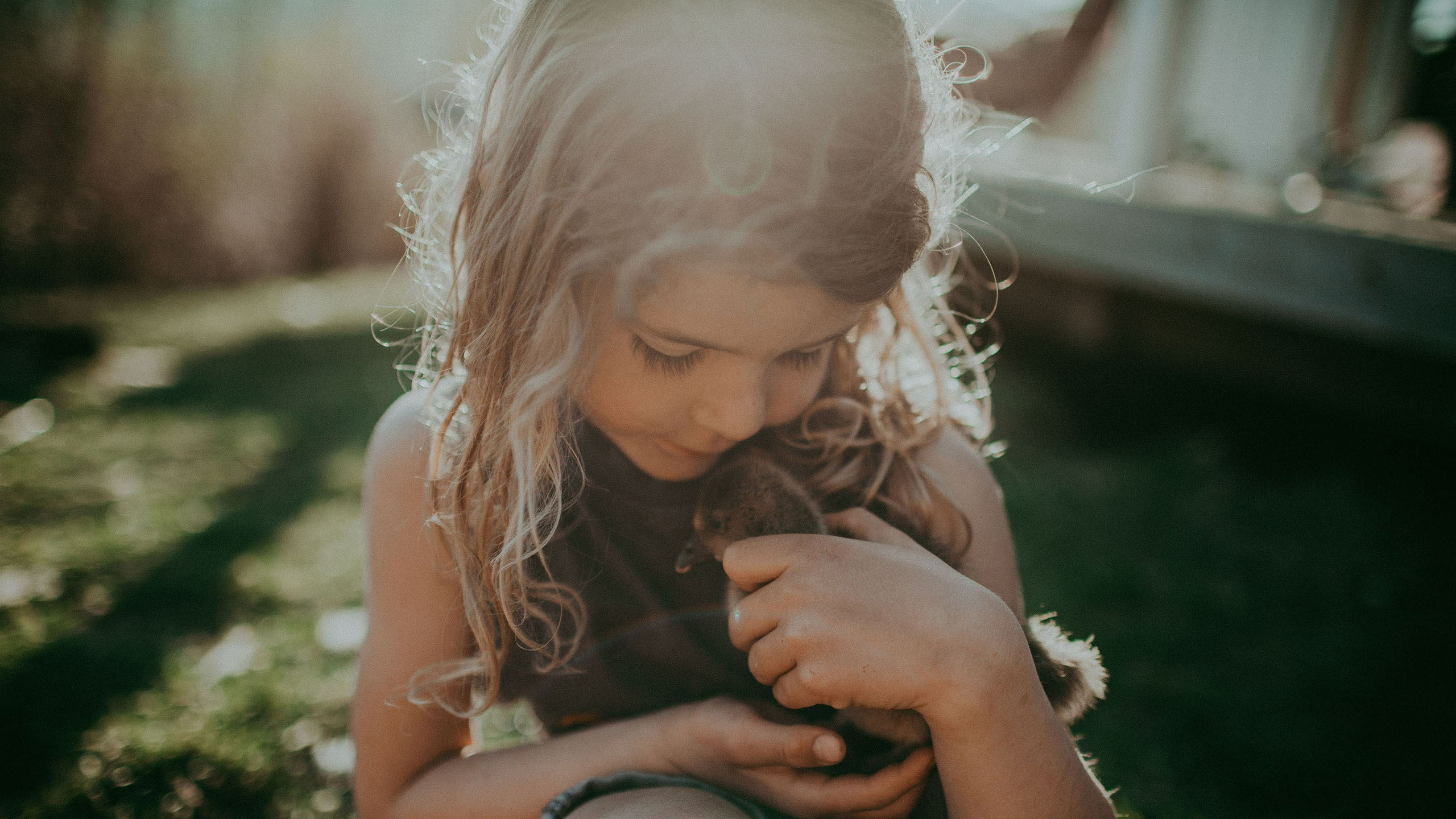
POV: Nik jokes about how the film will just play at some small obscure festival and now your film is at the biggest documentary festival in the world. How is that going?
SEJ: [Laughs.] I think it’s also a defense mechanism. Like, you don’t expect anything so that if nothing happens, we won’t be disappointed. But they’re used to it. Maria had a lot of followers on her blog. It wasn’t film, but it had photos. It was really private stuff that she wrote on her blog, so they were used to being in the public in some way. It was also important for me that they weren’t in the grieving process when the film was out. We needed to have time in between. In Norway, the family has started their own like mourning group for cancer because of the film and Ronja will be a part of it. I think she realized that her little big story will mean something for people. That makes it easier to share because you feel like your story means something more than just being your private story.
POV: The film shows how this family has built what seems like a sustainable model, but they struggle to keep it going. What does it say about our current economy that it’s hard to raise a family sustainably like this?
SEJ: It’s really, really hard. My goal was to make people connect with their own lives and make a conscious choice on how they want to live it. We have so little time on this planet—Maria reminded me of that. I don’t think everybody needs to live off the grid, but they can make conscious choices in how they want to live. Maybe you can be inspired by how they manage without very much and without all the iPads and telephones. Just focus on what’s important and be together with the people that you love.
POV: What was your favourite part of watching this family grow over the time you spent together?
SEJ: I think seeing Freya grow. She started taking care of her father and her brothers, taking the role of the mother in the family and wanting everybody to be happy. Then at the end, seeing her grow like an independent teenager, wanting her own life, wanting to make her own decisions, and saying that out loud. It was touching to experience. She will be an independent woman and she managed so perfectly. She took responsibility of the grieving. She said, “Okay, now I’m moving on.” That was big for me.




